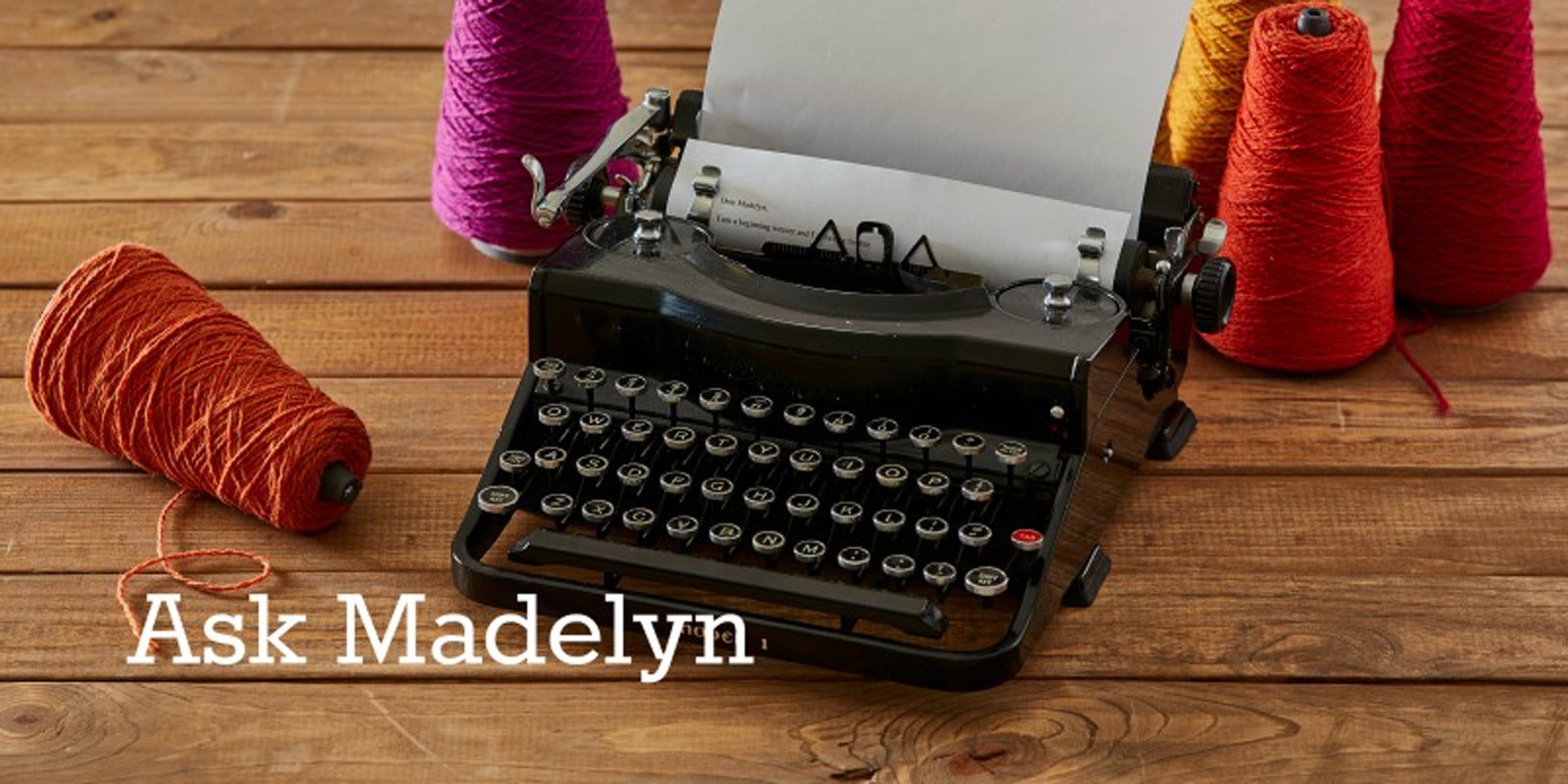Hi Madelyn,
I have been studying Handwoven May/June 2010, featuring double weave, and I want to take the plunge to make a double-width (folded) woolen blankets. I get the concept in general from reading various articles BUT I really want to do plaid blankets, and for example Tom Knisely's example blankets just have repeating thin stripes, so it doesn't solve this particular threading mystery. Hypothetical rainbow plaid blankets in plain weave. I want to do a five-color progression of wide stripes in my warp, left to right: red, orange, yellow, green, blue ....so yellow is center stripe, obviously.
How do I thread it so the fold works the right way? Is there a formula for figuring this out? I am guessing I have to thread....yellow, then orange and green every other heddle, then red and blue every other heddle??? OR? can't quite wrap my mind around this!
Would greatly appreciate your insights.
Thanks so much! Susan Dent
Hi Susan!
What I always do is write my whole color order (and threading draft) on a piece of graph paper (either in reality or in my imagination). Then I fold the paper in half so it is just like the fabric will be on the loom. I wind and thread the warp in the “folded” order, picking first the thread from from the top fold at the edge of the paper, then the thread right underneath it on the bottom fold, and continue. When I get to the fold, I stop. For you, when you get to the yellow stripe at the fold, you’ll be threading the top yellow and then the bottom yellow.
So what you guess is correct. Usually, I wind and thread from the selvedges to the fold, though it doesn’t really matter. You will start your shuttle at the selvedge (not yellow) edge, and weave top, bottom, bottom, top.
Remember that you will have a hard time making an invisible fold whenever a dark weft crosses a light warp there (or vice versa). So if you are doing a plaid, you’ll have that challenge.
Thanks for writing and hope this helps!
––Madelyn

